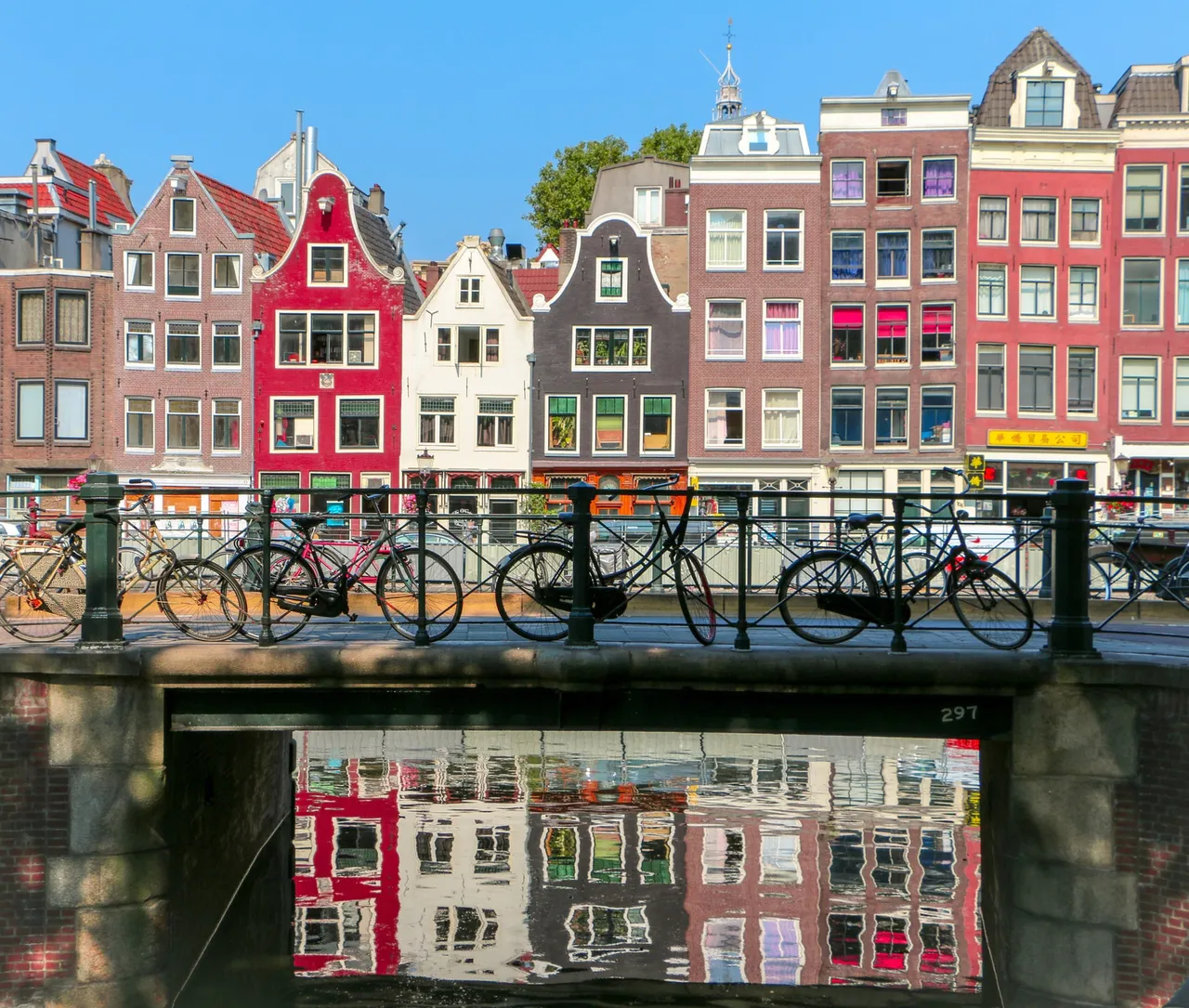How To Build An Audio Brand For A City, Destination or Place

We all know the value of a brand. Even people outside of advertising can appreciate a great logo, or slogan, or color palette. But branding isn’t limited to visuals.
“Sonic branding” or audio brands have become increasingly popular. They’ve always sort of been a part of advertising (all of the jingles you remember count), but an audio brand is now something that businesses put serious thought and money into.
It’s a way to capture and recreate the DNA of something, to give it a sense of life that exists without needing to see a picture or read a name. It’s also something you can use to build an audio brand for something like a city, which can be notoriously complicated to brand.
First, we’ll look at what goes into an audio brand (along with a few examples anyone will recognize). And then we’ll dive headlong into the process of building an audio brand for a place…although the same rules apply to anything, whether it’s a new product or an entire corporation.
The Pieces Of An Audio Brand
An audio brand can include one or several components. It could be music (either a familiar song or a new one), or voiceover (either a consistent voice or a variety of them). It could be a condensed jingle or a distinct sound effect.
Think about the last time you heard a favorite song in an ad campaign, like McDonald’s “I’m lovin’ it”, or recognized a celebrity as the “voice” of a specific brand like Dennis Haybert for Allstate.
Maybe you look up whenever you hear the Netflix “TA-DUM!” from the next room, or you randomly hum the Intel jingle sometimes.
All of those things stand out as influential examples of sonic branding. And they become as much a part of your perception of that product or company as the logo, slogan, or any other piece of the brand identity.
That’s because the psychology of music (or sound in general) carries a lot of weight. It’s also a physiological reaction in some instances — specific sounds can affect our emotions and trigger memories without any effort on our part.
You could argue that sonic branding carries as much or even more weight than traditional visual branding, and there’s enough data to back you up. But it’s also a powerful yet convenient way to establish something distinct and recognizable about a location too.
Location-based Audio Brands
You may have seen the California tourism commercials on TV. While the state of California can cheat a little by calling on celebrity cameos, the important takeaway is the combination of the language used (and repeated) and the tone of the music.
You could play the ad without watching it and come away excited, even without recognizing a celebrity or the breathtaking tourism sites. The “vibe” of the ad creates the excitement, and while it’s clearly advertising, it doesn’t feel heavy-handed or abrasive.
This is a great example of how to advertise a place. But pivoting that same approach into building an audio brand can be a little more complicated. How do you craft an audio brand for a place? How do you find a sound or song that encompasses all of the people and culture and activities that are wrapped up in a single location?
To answer that question, let’s look at a few examples of how places around the world have used audio brands to pull all of those pieces together.
Audio Brand Of Ithra
The Ithra isn’t a city, but rather a museum — or a collection of museums, really. Audio branding company Massive Music specializes in this particular form of branding, and they set out to make ‘the perfect balance between tradition and modernity‘ for the King Abdulaziz Center for World Culture in Saudi Arabia.
Their mini documentary about the process spells out how each part of the audio brand came together, from instrument choices to minor background sounds. In the same way that many threads and components create the “vibe” of a location, sonic branding needs to recreate (or at least imply) that same level of complexity.
Audio Brand Of Amsterdam
Even after hours of research, this particular presentation for Amsterdam remains the best “total package” of an audio brand for a city. This example is another project from Massive Music, and it includes the different pieces they brought together to create a final product.
The combination of sound effects and song choice really encapsulates the atmosphere and city life that people associate with the city. It’s something you can easily imagine in a “Visit Amsterdam” YouTube ad, big-budget TV spot, radio commercial, or podcast promo. Not only that, but it’s catchy enough to stick with you and create a tangible, lasting impression.
That process has similar threads to any other branding project — it just requires a different skill set to create the assets (compared to, say, a visual brand for a city’s street signs).
Audio Brand of New Zealand
New Zealand tackled something different, launching “100% Pure New Zealand” at the turn of the century. This particular brand pushed tourism for the island nation, capitalizing or reaffirming many of the emotions and values that people associate with New Zealand’s landscape, history, and people.
And while New Zealand has expanded on the brand over the years, sonic branding has always been an important piece. Rather than a specific song or audio queue, New Zealand has crafted its audio brand around the voice of its people, bringing Maori culture into everything to make sure each piece of marketing has the “raw authenticity” of New Zealand.
Create An Audio Brand For A City, Destination or Place
As impressive as those examples are, the next question is obvious: Where do you begin creating an audio brand for a place?
In an ideal world, you’ll build the sonic brand once you’ve got a visual brand created. (It can be difficult to develop the two in tandem, especially if the process requires multiple creative teams working simultaneously.)
You’ll need to leverage as much data as you can. It’s more than just building customer personas and familiarizing yourself with the culture of the specific place — you’re trying to infuse traditional marketing with subjective things like emotion and sentiment.
People leave a place with different memories and mental associations, and you’re trying to pull in just enough of those things that anyone will be able to pick out at least one thing that transports them to that place. In the Ithra museum example, it was instrumentation; in the Amsterdam example, it was the mix of party music and city sound effects.
Think about what people associate with your city/destination/place, and use that as the foundation. Building an audio brand can be an obstacle, but it’s far from an impossible challenge — it just requires some creative inspiration and a slightly new perspective to create something that will set your place brand apart from the rest of the world.
This is a guest post written by Drew Gula of Soundstripe for Brandkit, and of course you dear reader. Drew is the copywriter at Soundstripe, a company that helps businesses understand how to add music to a video by providing resources like royalty free folk music.
Happy Branding :)
How To Build An Audio Brand For A City, Destination or Place
We all know the value of a brand. Even people outside of advertising can appreciate a great logo, or slogan, or color palette. But branding isn’t limited to visuals. We asked Drew Gula, copywriter at Soundstripe to write this story for you, and he hasn’t disappointed.


